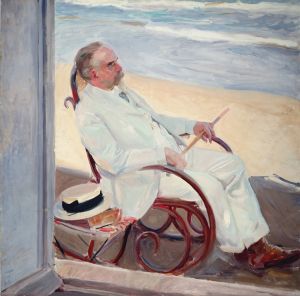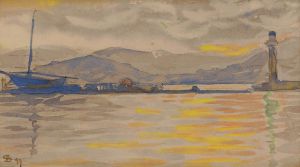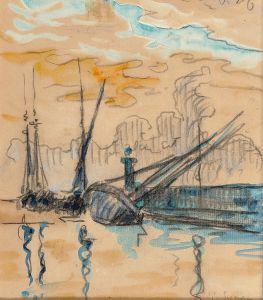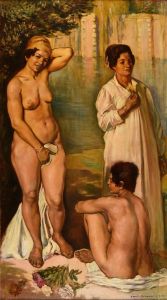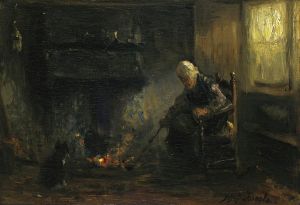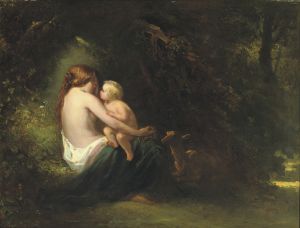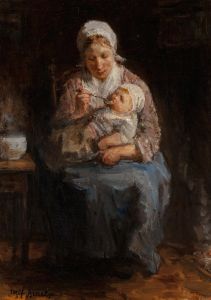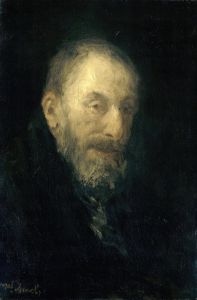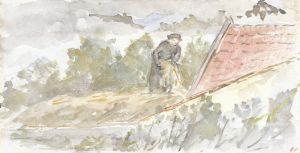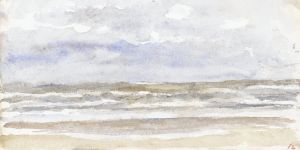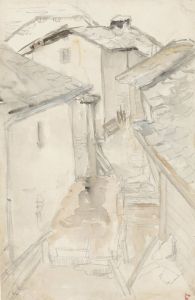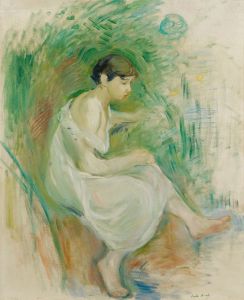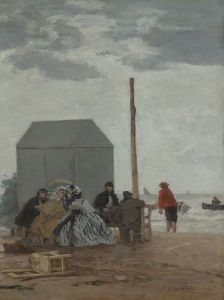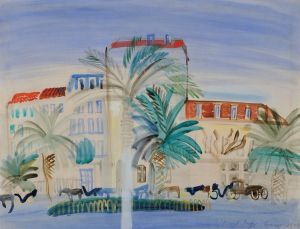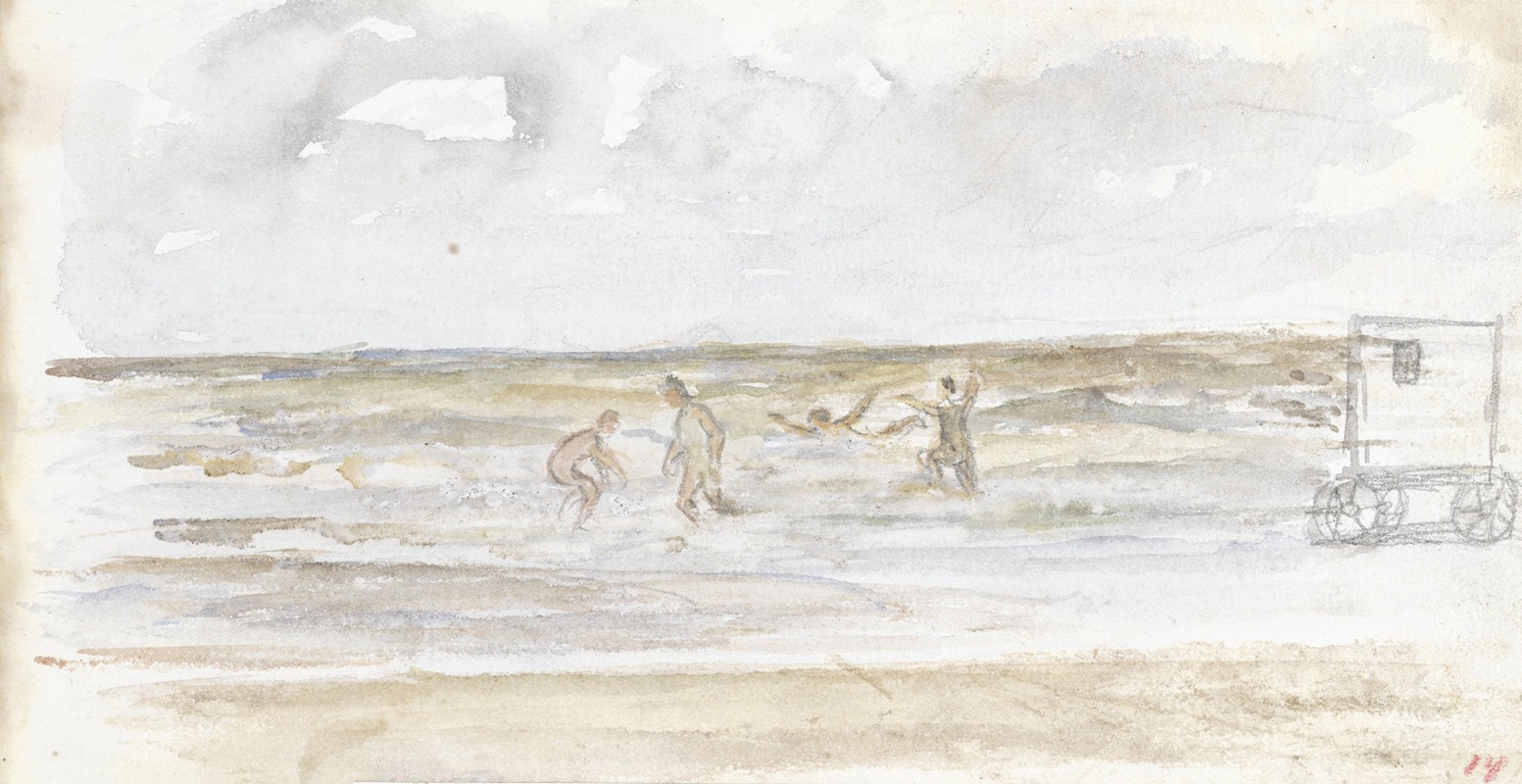
Baders in zee en een strandkoets
A hand-painted replica of Jozef Israëls’s masterpiece Baders in zee en een strandkoets, meticulously crafted by professional artists to capture the true essence of the original. Each piece is created with museum-quality canvas and rare mineral pigments, carefully painted by experienced artists with delicate brushstrokes and rich, layered colors to perfectly recreate the texture of the original artwork. Unlike machine-printed reproductions, this hand-painted version brings the painting to life, infused with the artist’s emotions and skill in every stroke. Whether for personal collection or home decoration, it instantly elevates the artistic atmosphere of any space.
"Baders in zee en een strandkoets" (Bathers in the Sea and a Beach Carriage) is a painting by the Dutch artist Jozef Israëls, who was one of the leading figures of the Hague School. This art movement, which flourished in the Netherlands during the late 19th century, is known for its realistic and often somber depictions of rural and coastal life. Israëls, born in Groningen in 1824, became renowned for his empathetic portrayals of fishermen and their families, capturing the harsh realities of their daily lives.
The painting "Baders in zee en een strandkoets" exemplifies Israëls' skill in depicting scenes of everyday life with a profound sense of realism and emotion. The artwork portrays a group of bathers enjoying the sea, with a beach carriage visible in the background. This scene is set against the backdrop of a Dutch coastline, characterized by its expansive skies and tranquil waters. The beach carriage, a common sight in the 19th century, was used to transport bathers to and from the water, allowing them to change clothes in privacy.
Israëls' use of light and shadow in this painting is particularly noteworthy. The soft, diffused light creates a serene atmosphere, enhancing the sense of calm and leisure associated with a day at the beach. The figures in the painting are rendered with a high degree of naturalism, reflecting Israëls' keen observation of human anatomy and movement. The composition is balanced, with the beach carriage providing a focal point that draws the viewer's eye through the scene.
Jozef Israëls' work is often compared to that of Jean-François Millet, a French painter known for his depictions of peasant life. Both artists shared a deep empathy for their subjects and a commitment to portraying the dignity of ordinary people. Israëls' paintings, including "Baders in zee en een strandkoets," are celebrated for their ability to convey the quiet heroism of everyday life.
Throughout his career, Israëls received numerous accolades and his works were exhibited widely, both in the Netherlands and internationally. He was a member of several prestigious art societies and his influence extended to many younger artists of the Hague School. Today, his paintings are held in major museums and private collections around the world, continuing to be appreciated for their emotional depth and technical mastery.
"Baders in zee en een strandkoets" remains a significant example of Israëls' oeuvre, illustrating his ability to capture the essence of human experience with sensitivity and precision. The painting not only reflects the artist's technical skill but also his profound understanding of the human condition, making it a timeless piece that resonates with viewers even today.





